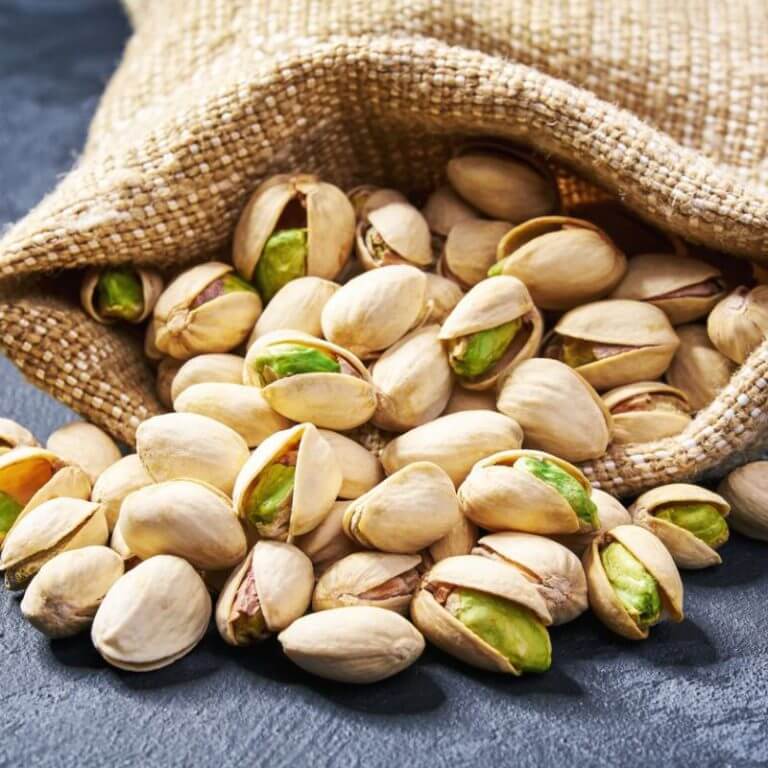Orange
Orange trees typically reach a height of 8 to 25 feet (2.4 to 7.6 meters), with a spread of 6 to 20 feet (1.8 to 6 meters) depending on the variety and growing conditions.
₹1,000.00
Orange
Plant Description:
- Plant Size: Orange trees typically reach a height of 8 to 25 feet (2.4 to 7.6 meters), with a spread of 6 to 20 feet (1.8 to 6 meters) depending on the variety and growing conditions.
- Type: Orange trees are evergreen, flowering trees belonging to the Rutaceae family. They are classified as citrus fruits.
- Taste: Oranges have a sweet and tangy flavor with varying degrees of acidity, depending on the variety. The taste is often described as refreshing and citrusy.
- Color: The fruit is typically orange in color, giving it its name. However, there are various orange varieties, and colors can range from bright orange to deep red-orange.
Growing Conditions:
- Soil Type: Oranges thrive in well-draining, slightly acidic to neutral soils. Sandy loam or loamy soils are ideal for their growth.
- Regions of Production: Oranges are mainly produced in tropical and subtropical regions around the world. In India, major orange-producing states include Maharashtra, Andhra Pradesh, Telangana, and Karnataka.
- Maturity Period: The time it takes for oranges to reach maturity varies by variety but is typically between 6 to 12 months after flowering.
- Environmental Conditions: Oranges require plenty of sunlight and mild temperatures for optimal growth. They are sensitive to frost, which can damage the fruit and the tree.
Physical Properties and Ingredients:
- Oranges are round or oval fruits with a thick, textured peel that is typically removed before consumption.
- The juicy, segmented flesh is rich in vitamin C, fiber, and various antioxidants.
- Oranges are composed of about 87% water, making them a hydrating fruit.
- The peel contains essential oils used in various culinary and industrial applications.
Storage and Shelf Life:
- Oranges have a reasonably long shelf life when stored properly. They can be stored at room temperature for a few days or in the refrigerator for several weeks.
- To extend their shelf life, store oranges in a cool, dry place away from direct sunlight.
Uses and Consumers:
- Oranges are consumed fresh as a snack or in salads.
- They are juiced to make orange juice, a popular breakfast beverage.
- Orange zest (grated peel) is used to flavor dishes, baked goods, and cocktails.
- The essential oil extracted from orange peel is used in perfumes, aromatherapy, and flavorings.
- Oranges are a common ingredient in desserts, jams, and marmalades.
- Orange peels can be candied or used in various culinary applications.
Consumers of oranges include individuals of all ages who enjoy their sweet, tangy flavor and nutritional benefits. Oranges are a versatile fruit used in both culinary and non-culinary applications, making them highly popular worldwide. They are valued for their vitamin C content, which is important for maintaining good health and boosting the immune system. Additionally, orange production plays a significant role in the economies of regions where they are grown.







Reviews
There are no reviews yet.